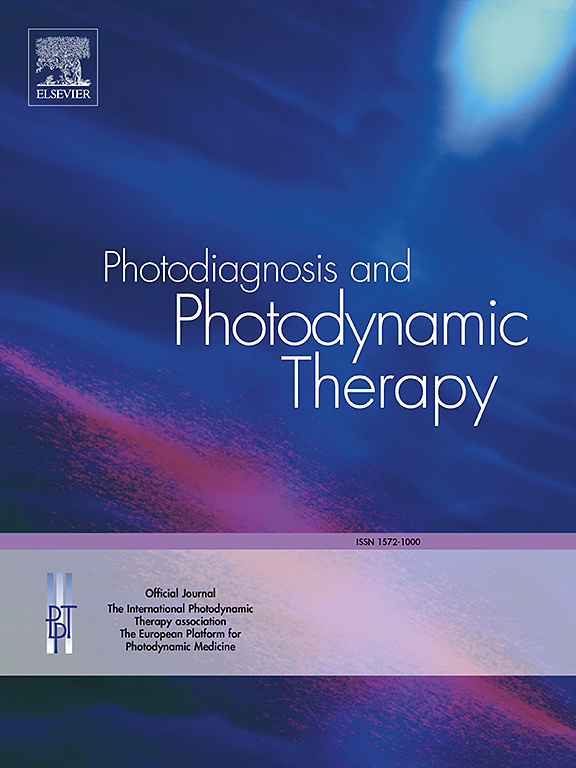Enhancement of activity in the Cancer immune system due to the presence of microcomponents when Exposed to Photodynamic: An in Vitro Experiment
IF 3.1
3区 医学
Q2 ONCOLOGY
引用次数: 0
Abstract
The application of photodynamic therapy (PDT) has aimed at destroying tumor cells and microbiological control in infections. Experimentation in vitro with individual elements of a biological system enables the study of mechanism of action and provides directions to in vivo applications where cancer coexists with normal cells and microorganisms, whether opportunistic or not. The action of the combined set of elements leads to a different behavior from each of the components isolated. In this study, we created a simple model to investigate the effects of PDT (1) on the coculture of macrophages (2) and melanoma cells (3) infected with E. coli (4) under different combinations. Comparing the 4 individual elements of the system interacting with each other to all of them interacting together, we found that macrophage phagocytosis depends on the order in which the elements are exposed to PDT. That indicates the behavior of macrophages depends on their relationship with the microenvironment. Applying the photodynamic effect to each component separately or to all of them together results in different outcomes. These in vitro experiments provide pathways to understand or to design new and more efficient applications of PDT.
当暴露于光动力时,微组分的存在增强了癌症免疫系统的活性:一项体外实验。
光动力疗法(PDT)的应用旨在破坏肿瘤细胞和微生物控制感染。生物系统中单个元素的体外实验能够研究作用机制,并为癌症与正常细胞和微生物共存的体内应用提供指导,无论是否为机会性的。组合的一组元素的作用导致了与隔离的每个组件不同的行为。在本研究中,我们创建了一个简单的模型来研究PDT(1)在不同组合下对大肠杆菌(4)感染的巨噬细胞(2)和黑色素瘤细胞(3)共培养的影响。将系统中相互作用的4个单独元件与所有元件共同作用进行比较,我们发现巨噬细胞的吞噬作用取决于元件暴露于PDT的顺序。这表明巨噬细胞的行为取决于它们与微环境的关系。将光动力效果分别应用于每个组件或将所有组件一起应用会产生不同的结果。这些体外实验为理解或设计新的更有效的PDT应用提供了途径。
本文章由计算机程序翻译,如有差异,请以英文原文为准。
求助全文
约1分钟内获得全文
求助全文
来源期刊

Photodiagnosis and Photodynamic Therapy
ONCOLOGY-
CiteScore
5.80
自引率
24.20%
发文量
509
审稿时长
50 days
期刊介绍:
Photodiagnosis and Photodynamic Therapy is an international journal for the dissemination of scientific knowledge and clinical developments of Photodiagnosis and Photodynamic Therapy in all medical specialties. The journal publishes original articles, review articles, case presentations, "how-to-do-it" articles, Letters to the Editor, short communications and relevant images with short descriptions. All submitted material is subject to a strict peer-review process.
 求助内容:
求助内容: 应助结果提醒方式:
应助结果提醒方式:


